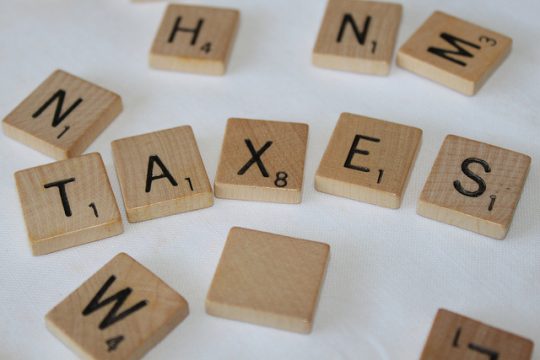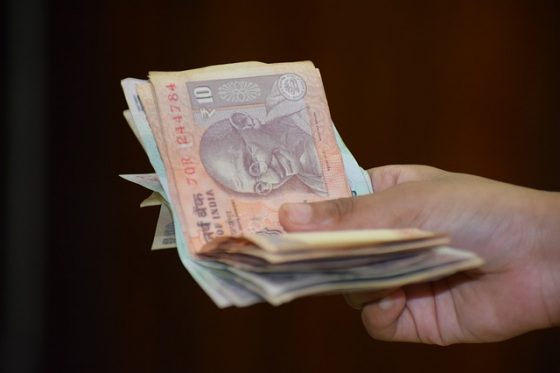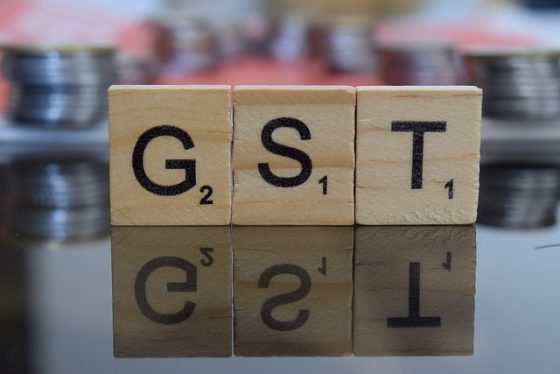In Favor :-
- With the elimination of multiple taxation, taxes will be lower. Hence the burden on manufacturers & prices of goods will be reduced.
- Tax structure will be simplified. It’s easier to pay a single GST, instead of sales tax, excise tax, entertainment tax, service tax etc. for one product.
- With the lower taxes, tax evasions will be reduced.
- With more tax payers, revenue for government will be increased, which is a boost to Indian economy.
- Foreign investors will more likely to invest in Indian market, because of the transparent tax system.
- Though state revenue from taxes will be decreased temporarily, it will be increased in the coming days. And Central government is providing 5 year compensation for states.
- Common use goods will be cheaper.
- ‘Anti profiteering law’ ensures that benefits of GST will be passed onto consumers. Hence GST will directly benefits customers.
Challenges :-
- Some industries like food processing industry, movie industry are at trouble with the increased taxes.
What is GST :-
- ‘Goods & Services Tax’ (GST) is the biggest tax reform in India till now. GST replaces all the indirect taxes in the country.
- At present there are different tax rates in different states. With GST, tax rates will be equal through out the country.
- All the indirect taxes such as Excise tax, sales tax, service tax etc. will be replaced by GST.
- GST also eliminates double taxation. Till now, manufacturers have to pay tax on the goods they manufactured. For example, the maker of wooden toys had to pay tax on the rate of the toy, that he is going to sell. But with GST, he has to pay tax only on the value he added, that means he bought wood from another manufacturer and he added value to it by transforming the wood into toys. He will not pay tax on the wood, because tax on wood was already paid by the wood manufacturer.
- GST is going to be implemented from July 1st, 2017.
- A four-tier GST tax structure of 5%, 12%, 18% & 28% will be implemented based on the type of products. For essential goods like food, GST will be 5%, and for luxury goods, GST will be 28%.
- GST is an international tax regime. More than 160 countries already implemented GST.
What is “Input tax credit” :-
First of all, “input tax” means tax you pay to the govt for the goods you buy. “Output tax” means tax you pay to the govt for the goods you sell. This “output tax” will be added to price of the product and hence will be paid by consumers.
And now, let’s see what is the meaning of “input tax credit”…
For example, Fathima manufacture dresses. She needs to pay Rs.50 tax to government on each dress she sells.
She bought fabric from Anusha. Anusha paid tax Rs.40 to government on the fabric she sold.
So, now Fathima pays only tax Rs.10 to government and informs govt about Rs.40 that Anusha paid on fabric. Government checks the receipts. And then, on paper the total tax Fathima paid is written as Rs.50/-. This is the concept of “Input Tax Credit”. That means you can claim the “credit” of “Input tax” that is paid by your supplier of raw goods.
Conclusion :-
GST will simplify the present complex tax structure in India. Going for global standard tax regime is very beneficial to the country that has a significant dependence on international relations. And with the reduction in tax evasions, Indian economy will benefit.
Afterwords :- What is your opinion on this topic? Express your thoughts in the comment section below.
Copyright @ Group Discussion Ideas.
Photo Credits : Philip Taylor






